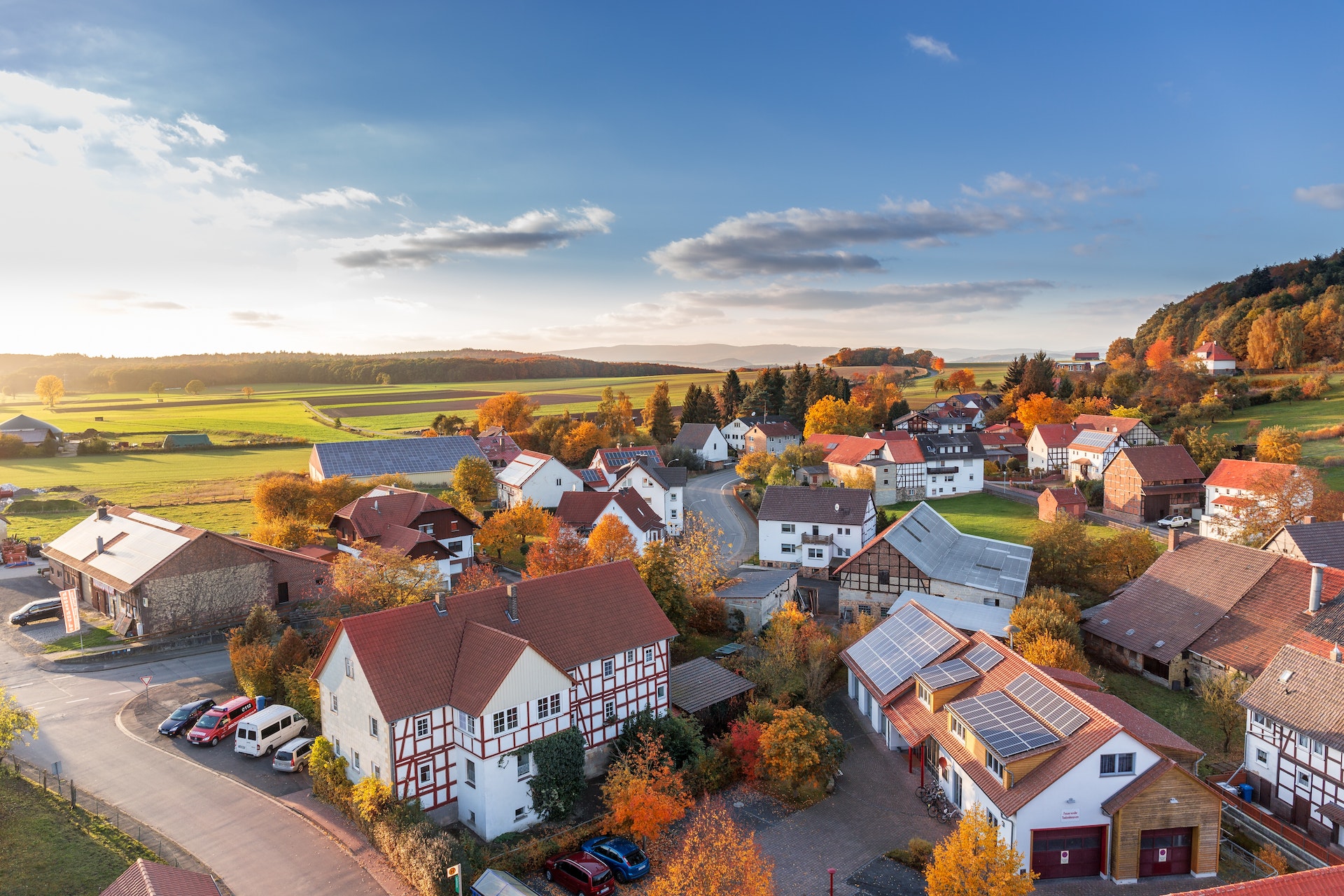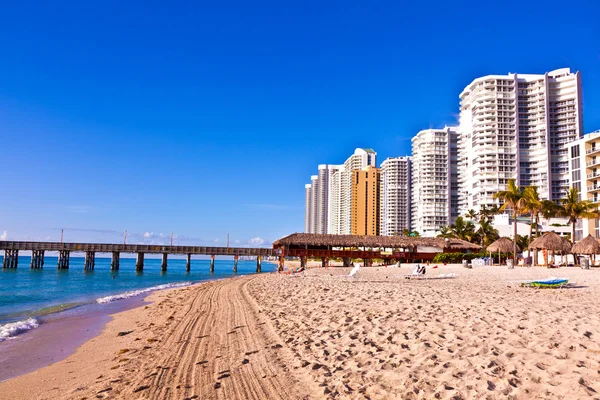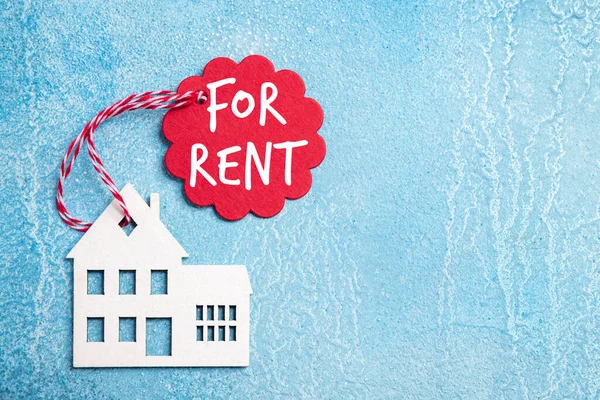
The Impact of Tourism on Miami Real Estate
Miami is a vibrant city that attracts millions of tourists each year. Known for its beautiful beaches, warm weather, and lively nightlife, it’s no wonder that so many people flock to Miami for vacation. However, the impact of tourism on Miami goes beyond just the local economy – it also has a significant impact on the real estate market.
In this blog post, we will explore the impact of tourism on Miami real estate, including the demand for short-term rentals, second homes, and luxury properties.
Short-term Rentals
Short-term rentals have become increasingly popular in Miami over the past few years. Platforms like Airbnb and VRBO have made it easy for homeowners to rent out their properties to tourists for short periods of time. This has created a new source of income for homeowners, but it has also had an impact on the local housing market.
One of the main concerns with short-term rentals is that they can drive up housing prices and decrease the availability of affordable housing. In some cases, landlords have chosen to convert long-term rental properties into short-term rentals, which can result in a decrease in available housing for local residents. Additionally, short-term rentals can create noise and disruption in residential neighborhoods, which can be a concern for some residents.
Second Homes
Miami has become a popular destination for second-home buyers, particularly those from New York, California, and other high-tax states. Many of these buyers are looking for vacation homes where they can escape the cold weather and enjoy the Florida sun. The demand for second homes in Miami has driven up prices in certain neighborhoods, particularly those that are close to the beach or have water views.
The impact of second homes on the local real estate market can be both positive and negative. On the positive side, second-home buyers often purchase high-end properties that can help boost property values in the surrounding area. Additionally, second-home buyers typically spend money on local goods and services, which can be a boost to the local economy.
However, the influx of second-home buyers can also create challenges. For example, some residents may be priced out of certain neighborhoods due to the high demand for luxury properties. Additionally, second-home owners may not be as invested in the local community as full-time residents, which can create a sense of disconnect between the two groups.
Luxury Properties
Miami has become known for its luxury real estate market, which includes high-end condominiums and single-family homes. Many of these properties are located in prime waterfront locations, with stunning views of the ocean and access to private beaches and other amenities.
The demand for luxury properties in Miami has been driven in part by international buyers, particularly those from Latin America and Europe. These buyers are often looking for a safe place to invest their money, and Miami’s real estate market has become a popular option.
The impact of luxury properties on the local real estate market can be significant. High-end properties can drive up prices in the surrounding area, making it more difficult for local residents to afford housing. Additionally, luxury properties can contribute to gentrification, which can result in the displacement of low-income residents.
Conclusion
The impact of tourism on Miami real estate is complex, with both positive and negative effects. While short-term rentals, second homes, and luxury properties can bring in revenue and contribute to the local economy, they can also create challenges for local residents. It is important for policymakers and real estate professionals to consider the impact of tourism on the housing market and work to ensure that Miami remains a vibrant and affordable place to live.



